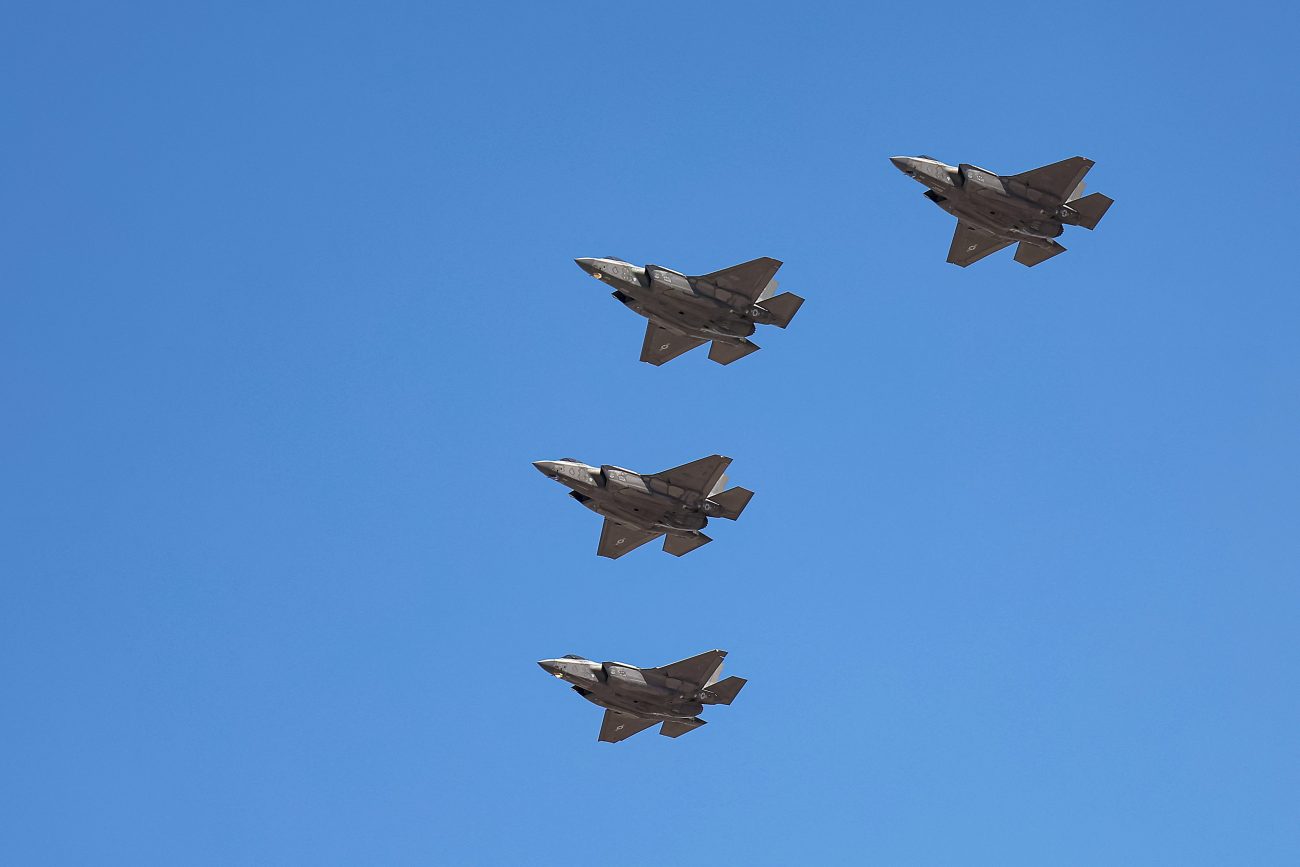With the exit of technocrat Elon Musk, the biggest detractor of the F-35 Lightning II Joint Strike Fighters, former US Generals are advocating in Congress to buy more of these warplanes, along with restoring the funding of the E-7 Wedgetail Sentry Airborne Early Warning and Control System (AEW&CS) program.
The demand was made to the US Congress in the face of increasing tensions across the world and in a bid to help the US prevail in future conflicts.
For the upcoming budget, the US Air Force has slashed its requirement for the stealth fighters by half. Now the USAF will receive 24 F-35As, rather than the 48 provisionally approved by Congress in 2024. The US Navy’s deliveries have also been cut down from 17 to 12 F-35Cs.
The scaling down is significant, considering the USAF is the largest customer of the F-35s, the biggest weapon development program in the world. Techno Czar Musk had called the F-35 program the “worst military value for money in history.” His views at the time carried weight, as he was appointed to advise the US government on optimizing federal spending.
A letter to the US Congress signed by at least 6 former Chiefs of Staff of the USAF on behalf of the Air & Space Forces Associations, said: “During a period of heightened tension throughout the world, we believe such reductions will severely and unnecessarily undermine our service members’ ability to deter, and if necessary, prevail in future conflicts.”
Making the case, the letter said: “Therefore, as the congressional defense authorization and appropriations committees continue their important work in preparing legislation for Fiscal Year 2026, we respectfully request the Congress provide authorization and funding to procure 75 F-35As and restore E-7 funding in full.”

The veteran Air Force officials underscored the importance of rapidly acquiring F-35s to meet the USAF’s requirement for 1,763 aircraft.
“F-35As were integral to the success of Operation Midnight Hammer, but also crucial to the Israeli Air Force’s ability to crush Iran’s air defenses and swiftly achieve air superiority over Iran,” the veterans added.
The veterans conceded that the F-35 experienced developmental challenges. However, they expressed confidence in the latest upgrades in the aircraft carried out by Lockheed Martin under ‘Tech Refresh 3’.
The upgrade is nearing completion. “That means the hardware and software upgrades are now available, enabling even greater improvements in the F-35 that, if required, will dramatically increase its ability to decisively engage in any future conflict,” the veterans added.
Despite being praised for its critical role in US national security, the program has been consistently criticized for its excessive expenses and delays. The program is the most expensive military endeavor in history, with the US Government Accountability Office estimating that its lifetime cost will exceed US$2 trillion.
In 2024, a declassified Pentagon report revealed the program’s flaws.
It said: “The overall reliability, maintainability, and availability of the US fleet remains below service expectations.” Lockheed Martin responded that the F-35 “consistently meets or exceeds the reliability performance requirements we are contracted to deliver,” as “almost 90% of F-35 components are performing better than required.”
The scaling back of its demand indicates that the USAF would align its budget for fiscal 2026 to comply with Defense Secretary Pete Hegseth’s dictum to the Pentagon to cut 8% of its 2026 budget to fund Trump’s priorities. An 8% budget cut would mean USD 50 billion of procurement being slashed.
The USAF had cancelled its E-7 AEW&CS program as part of the government’s defense budget rollout for fiscal year 2026. The scrapping of the program has come from the ballooning costs of the program and the scepticism over the survivability of the platform in a highly contested environment.
The termination of the program was preceded by months of rumours against the Boeing-helmed aircraft program as the Trump administration turned its focus on using space-based capabilities to help fighter jets find and track enemy aircraft, known as the air moving target indicator (AMTI) mission.
The E-7 Wedgetail program suffered significant delays, and the cost increased from $588 million to $724 million. In 2022, the E-7 was selected to replace the E-3 Sentry AEW&CS system by 2027.
Manufactured by Boeing, the aircraft was planned to operate alongside the service’s existing Northrop Grumman E-2D Hawkeye AEW. The plan included that the Air Force would have a fleet of 26 E-7s ready by 2032.
The E-7 Wedgetail is based on Boeing’s 737 aircraft and has been operational in the allied forces of the US since 2012. NATO has also contracted to adopt the plane in 2028.
The veterans called the proposed termination of the program and its replacement with E-2 Hawkeye a stopgap arrangement.
“The E-2 is unable to meet the combatant command requirements for theater-wide airborne command and control. That is not the mission for which it is designed. Additionally, the E-7 can perform missions different from traditional AWACS roles that will be critical to the China contingency,” the veterans said, making a case against it.
The veterans underscored that America’s allies, the United Kingdom, Australia, South Korea, Turkey, and NATO, have all decided to procure the E-7. Noting the vital capabilities of the E-7, the recent British Strategic Defence Review overturned a planned reduction in the number of E-7s the Royal Air Force will procure.
The apprehensions of the veterans stem from the fact that the development and deployment of a space-based air battle management system face daunting impediments with no clear timeline for its fruition. A robust battle management system is critical for establishing clear air superiority.
“Time is of the essence. China has committed itself to being able to achieve, in two short years, the successful amphibious assault of Taiwan – an island with a peaceful, self-governing people. If conflict does come, there will be no more decisive question than who controls the skies over the Pacific. The actions Congress takes this year – specifically through the acquisition of 75 F-35As and ensuring the operational deployment of the E-7 – could be critical in deterring and, if necessary, prevailing in near-term conflicts,” the veterans concluded.
Contrary to this, China, the world’s second-largest defense spender, is rapidly modernizing its AWACS “eyes in the sky” that serve as flying command centers in modern warfare.
In a recent development, the Chinese social media platform ‘Weibo’ buzzed with sightings of a new variant of the Kongjing-500N long-range radar detection and control aircraft. Spotted among the Northern Fleet of the Chinese People’s Liberation Army Navy, this aircraft is rumored to be the Kunjing-700.
Apart from cutting down its demand, the USAF is sending 340 aircraft to the boneyard in the financial year 2026. The list includes 162 A-10 Warthogs, 14 C-130H transport aircraft, 3 EC-130H Compass Call aircraft, 13 F-15Cs/Ds, 21 F-15Es, 62 F-16Cs/Ds, and 14 KC-135s for mid-air refueling. The Warthogs were earlier planned to be retired in phases, but budgetary constraints are forcing the USAF to free its tied-up funds.




